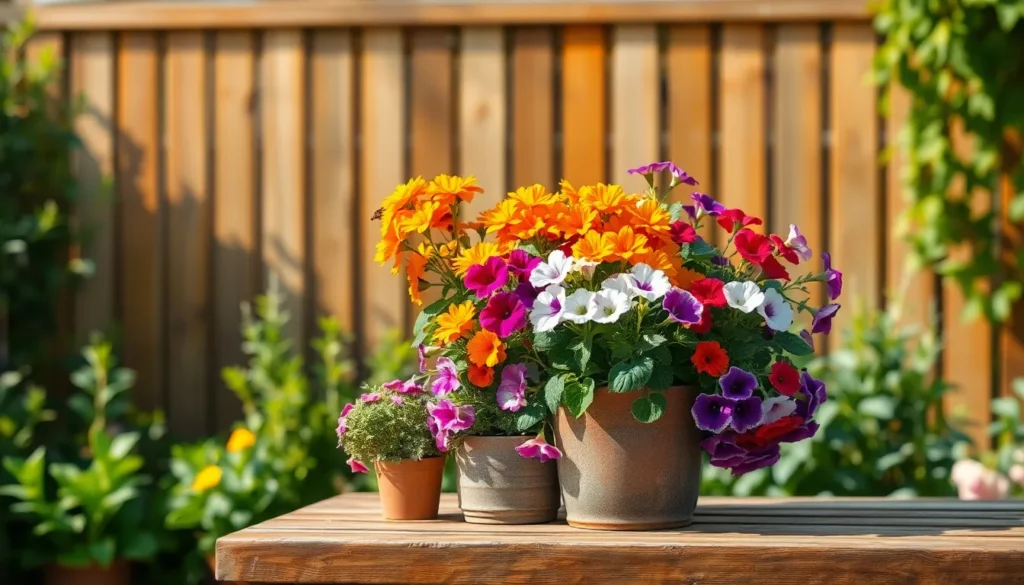Welcoming the vibrant allure of flowers into your garden is one of the most rewarding joys of gardening. Whether you’re just beginning to explore the world of plants or have been cultivating your green thumb for years, growing flowers can transform your space into a delightful sanctuary of color and life. Flowers not only enhance the beauty of your garden but also invite a symphony of pollinators, fostering biodiversity and creating a harmonious ecosystem right outside your door.
In this article, we’ll explore five easy-to-grow flowers that promise to brighten your garden with minimal effort. From the cheerful marigold to the classic beauty of zinnias, you’ll discover options that are as resilient as they are stunning. Perfect for both novice gardeners and seasoned green thumbs, these selections will ensure your garden blooms with success and satisfaction. Prepare to dig in and learn how these accessible floral beauties can make your gardening journey a fragrant and colorful adventure.
Choosing Beginner-Friendly Blooms
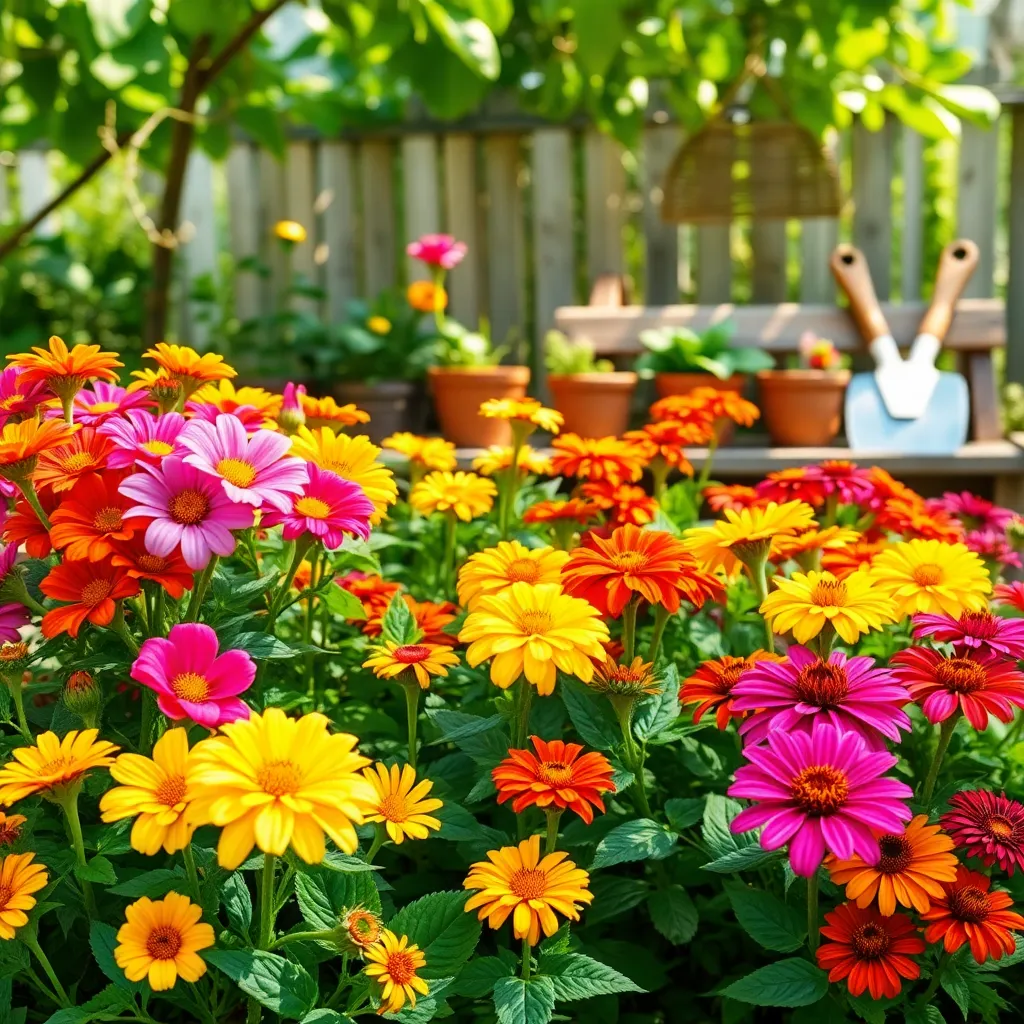
When selecting beginner-friendly blooms, consider the resilience of the plant to varying conditions. Marigolds are an excellent choice, thriving in both full sun and partial shade while resisting pests naturally.
These flowers prefer well-draining soil, so mixing sand or perlite into your garden beds can improve their growth. Water them moderately, allowing the soil to dry slightly between watering sessions to prevent root rot.
Another great option for novices is zinnias, which are known for their vibrant colors and easy care. They flourish in full sun and require regular deadheading to promote continuous blooming throughout the season.
For those in cooler climates, consider planting pansies, as they can withstand light frosts and bloom in early spring. Use a balanced fertilizer to feed pansies every few weeks, ensuring robust plant health and more abundant blooms.
Beginners should also try growing sunflowers, which are not only stunning but also simple to cultivate. Plant them in a sunny spot with rich, well-draining soil, and they will reward you with towering blooms that attract pollinators.
To give your sunflowers the best start, sow seeds directly in the garden after the last frost, spacing them about 6 inches apart. As they grow, support taller varieties with stakes to prevent them from toppling over in strong winds.
Sunlight Needs for Easy Flowers
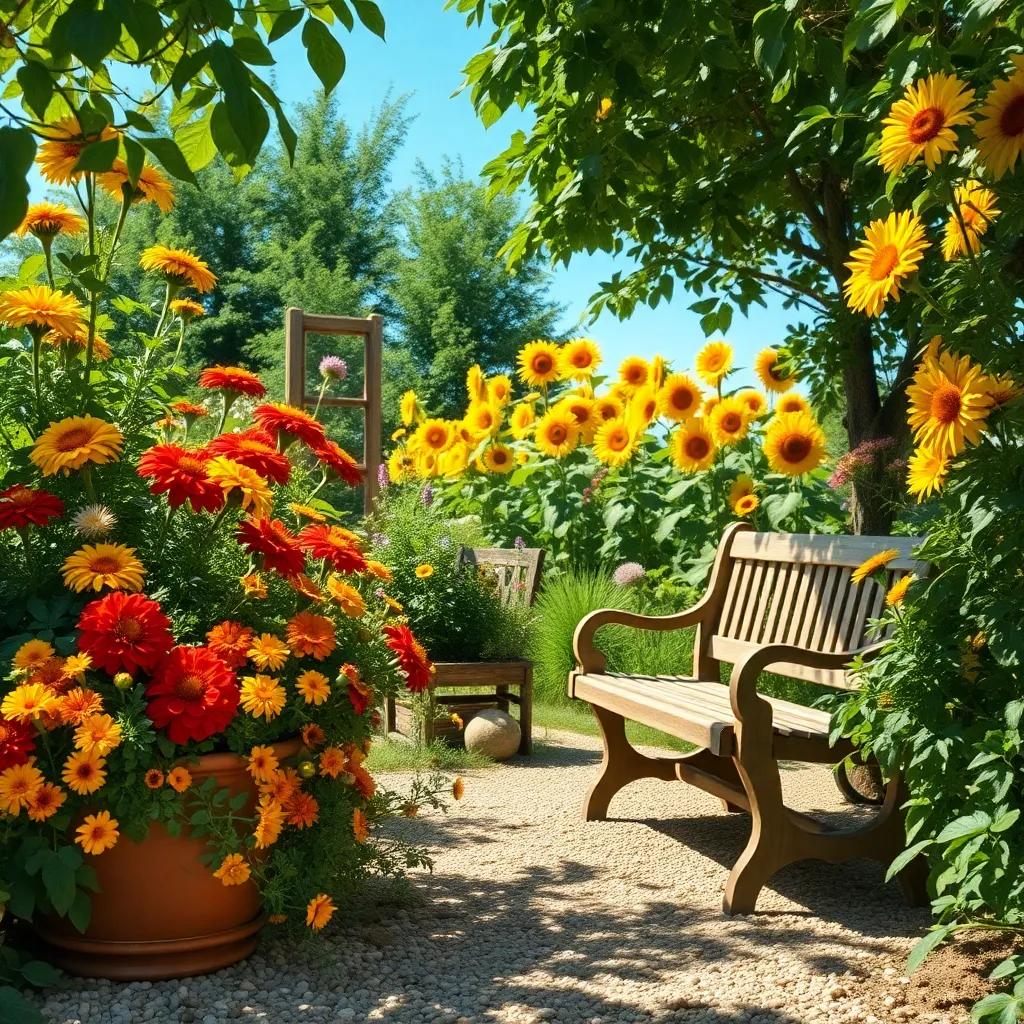
Understanding the sunlight needs of your flowers is crucial for their growth and health. Most easy-to-grow flowers fall into three categories: full sun, partial sun, and shade. Knowing which category your chosen blooms belong to helps you in selecting the right spot in your garden. Full sun flowers require at least six to eight hours of direct sunlight a day, which is ideal for plants like marigolds and sunflowers.
Partial sun flowers, such as impatiens and begonias, thrive with three to six hours of sunlight. These plants are perfect for spots that experience morning or late afternoon sun. For these flowers, consider their position relative to larger structures or trees that might block sunlight during peak hours. Regularly rotate your pots if you notice uneven growth, ensuring all sides receive adequate light.
Shade-loving flowers, like hostas and ferns, require less direct sunlight and do best in filtered light or areas with dappled shade. These plants are great for north-facing gardens or under the canopy of mature trees. It’s important to avoid placing them in intense, direct sunlight as it can scorch their leaves. Mulching around shade plants helps retain moisture and keep the roots cool, mimicking their natural forest floor habitat.
Consider the changing seasons when planning your garden layout, as the sun’s position shifts throughout the year. In spring and summer, when the sun is higher, some areas may receive more light than in fall or winter. Observe your garden at different times of the day and year to understand its unique microclimates. This observation helps in intelligently placing your flowers for optimal sunlight exposure, ensuring they thrive effortlessly.
Simple Watering Practices
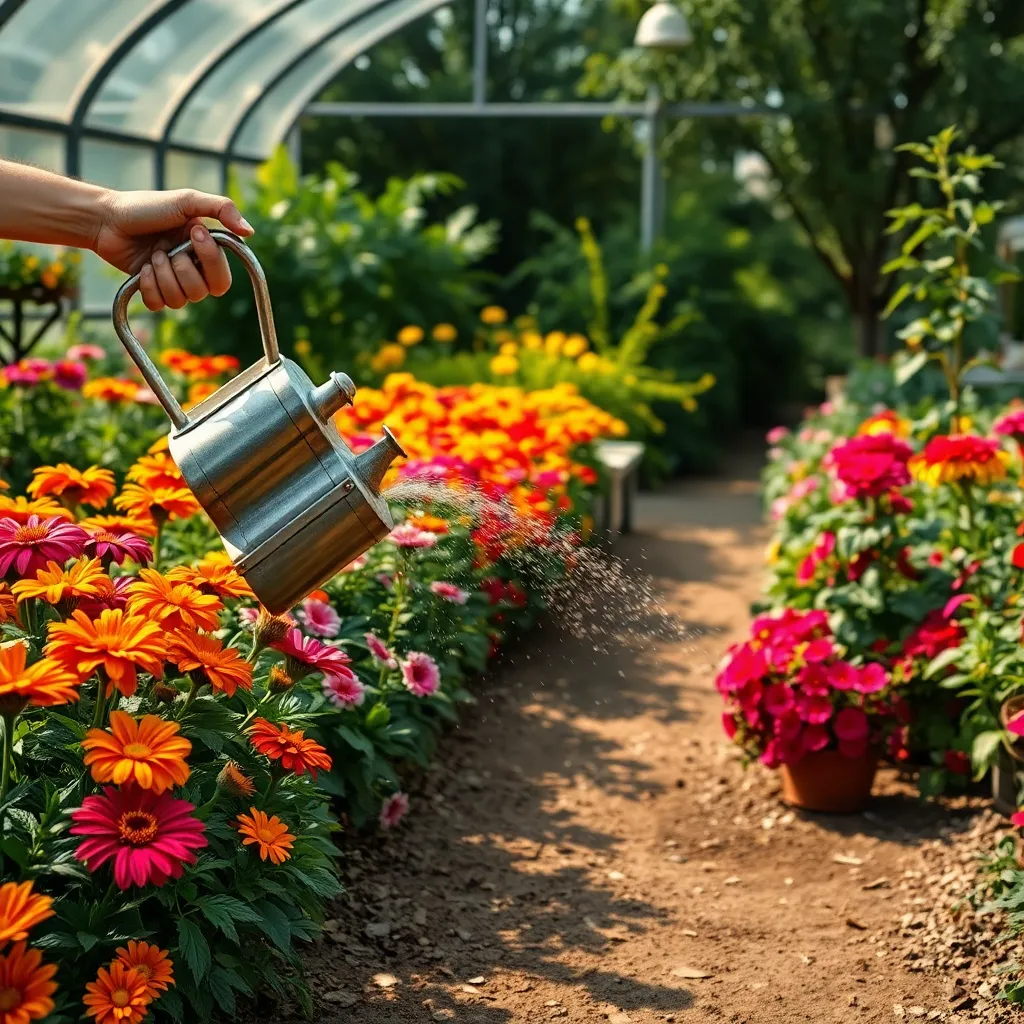
Watering is a crucial part of gardening, and mastering it can lead to thriving plants. For most easy-to-grow flowers, aim to keep the soil consistently moist but not soggy, as overwatering can lead to root rot.
Beginners should start by checking the top inch of the soil; if it feels dry, it’s time to water. Use a watering can with a narrow spout to direct water precisely at the base of each plant, minimizing waste and maximizing absorption.
Mulching can help retain moisture and reduce watering frequency, especially during hot weather. A layer of organic mulch, such as shredded bark or straw, can keep the soil cooler and prevent evaporation.
For those looking to delve deeper, consider investing in a drip irrigation system. This advanced technique ensures that plants receive the right amount of water directly at their roots, saving time and resources in the long run.
Basic Soil Preparation Tips
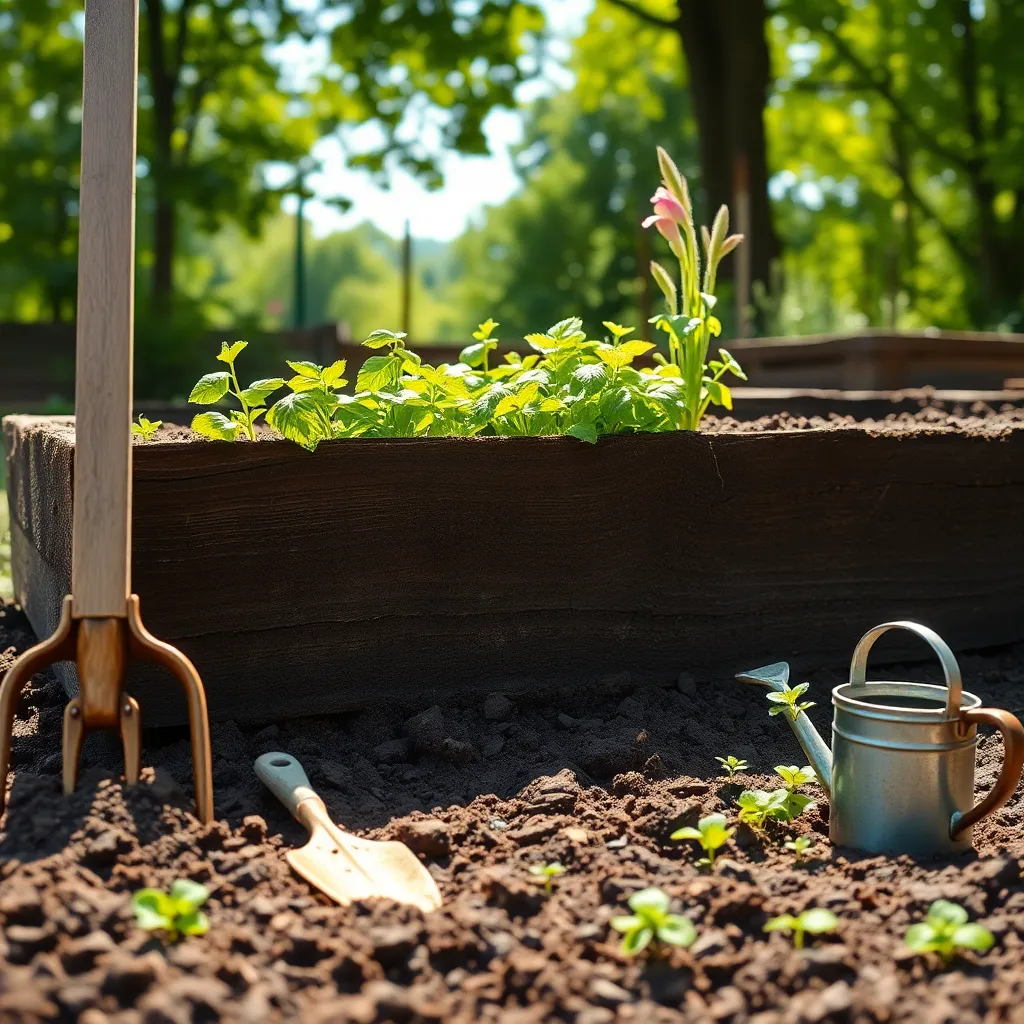
Preparing your soil properly is crucial for the success of your garden flowers. Start by testing your soil to understand its pH level and nutrient content, which will guide you in amending it correctly.
A balanced soil mix often includes a blend of sandy, loamy, and clay components, providing good drainage and nutrient retention. For most flowers, aim for a slightly acidic to neutral pH, around 6.0 to 7.0, to ensure optimal growth.
Incorporating organic matter such as compost or well-rotted manure enriches the soil with nutrients and improves its structure. This step not only enhances water retention but also promotes healthy root development.
For gardeners looking to take extra care, consider using mulch to maintain soil moisture and regulate temperature. Additionally, mulching helps suppress weed growth, reducing competition for nutrients with your flowers.
Quick Guide to Flower Maintenance

Regular flower maintenance is key to a thriving garden, and it all starts with consistent watering. Most flowers prefer deep watering once or twice a week rather than frequent shallow watering, which encourages deeper root growth.
Ensuring your flowers receive the right amount of sunlight is crucial for their health. While some flowers thrive in full sun, others may require partial shade, so it’s important to understand the specific needs of each plant in your garden.
Deadheading, or the removal of spent blooms, is a simple yet effective way to promote continuous blooming and prevent your plants from going to seed too early. Regularly check your flowers and pinch off any faded blooms to encourage new growth.
Fertilizing your flowers can significantly boost their growth and flowering potential. Use a balanced, slow-release fertilizer in early spring, and consider applying a liquid fertilizer every few weeks during the growing season for optimal results.
Pest management is an essential part of flower maintenance, and it’s best to take a proactive approach. Inspect your plants frequently for signs of pests or disease, and use organic solutions like neem oil or insecticidal soap to address any problems promptly.
For advanced gardeners, consider mulching around your flowers to conserve moisture and suppress weeds. Organic mulches such as bark or straw also improve soil quality as they decompose, providing further benefits to your plants.
Conclusion: Growing Success with These Plants
In nurturing the garden of your relationship, the five easy-to-grow flowers—communication, trust, quality time, appreciation, and empathy—serve as vibrant reminders of the essential elements needed for a flourishing bond. Communication opens the door to understanding, while trust lays a solid foundation. Quality time strengthens your connection, appreciation ensures that love is felt, and empathy deepens mutual respect and compassion. These foundational blooms not only enhance your relationship today but also promise a thriving future together.
To breathe life into these concepts, consider dedicating just a few minutes each day to nurture one aspect of your relationship. Start by setting aside time this week for an uninterrupted conversation, allowing you to practice and reinforce these principles.
Remember, a successful relationship is a continuous journey of growth and care. Bookmark this article as a handy guide, so whenever you need inspiration or guidance, you’ll have these insights ready to support your relationship’s journey. As you cultivate these elements, envision a future where your relationship not only survives but truly thrives, blooming with love, understanding, and joy. Take that first step today, and watch your relationship garden flourish.

